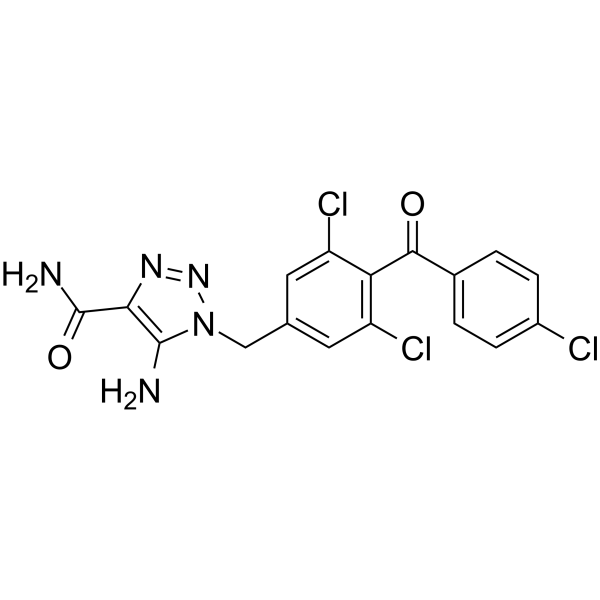|
BP15941
|
Bamaluzole
|
|
|
|
|
Bamaluzole is an agonist of GABA receptor extracted from patent WO 2012064642 A1.
|
|
BP15942
|
Barnidipine
|
|
|
|
|
Barnidipine is a calcium channel blocker.
|
|
BP15943
|
BAY-1797
|
|
|
|
|
BAY-1797 is an orally active and selective P2X4 antagonist (IC50: 211 nM against human P2X4) with anti-nociceptive and anti-inflammatory effects. BAY-1797 displays no or very weak activity on the other P2X ion channels.
|
|
BP15944
|
Tramiprosate
|
|
|
|
|
Because of its similarity in structure to the neurotransmitter gamma-aminobutyric acid (GABA), it has GABAergic effects and may be useful as an anticonvulsant. Homotaurine has also been investigated as a potential treatment for Alzheimer's disease. It binds to soluble amyloid beta and inhibits the formation of neurotoxic aggregates that lead to amyloid plaque deposition in the brain. However, clinical trials failed to show improvement compared to placebo.
|
|
BP15945
|
Benzarone
|
|
|
|
|
Benzarone is a potent inhibitor of human uric acid transporter 1 (URAT1, IC50 = 2.8 μM in oocyte). Benzarone lowers the level of uric acid serum.
|
|
BP15946
|
Benzocaine hydrochloride
|
|
|
|
|
Benzocaine hydrochloride is a surface anesthetic that acts by preventing transmission of impulses along nerve fibers and at nerve endings.
|
|
BP15947
|
Benzocaine xHCl(94-09-7(free base))
|
|
|
|
|
Benzocaine shares a common receptor with all othe rLAs in the voltage-gated Na+ channel(IC50 of 0.8 mM tested with a potential of +30 mV).
|
|
BP15948
|
Betaine chloride
|
|
|
|
|
Betaine hydrochloride is an acidic form of betaine, a vitamin-like substance observed in grains and other foods; gains the amplification of DNA by decreasing the formation of secondary structure in GC-rich regions.
|
|
BP15949
|
BI 01383298
|
|
|
|
|
BI 01383298 is a selective inhibitor of the sodium-citrate co-transporter (SLC13A5).
|
|
BP15950
|
Bicuculline
|
|
|
|
|
Bicuculline is a light-sensitive competitive antagonist of GABAA receptors. It was originally identified in 1932 in plant alkaloid extracts and has been isolated from Dicentra cucullaria, Adlumia fungosa, Fumariaceae, and several Corydalis species.
|
|
BP15951
|
BMS-191095
|
|
|
|
|
BMS-191095 is mitochondrial ATP-sensitive potassium (mitoKATP) channel activator.
|
|
BP15952
|
BTT-266
|
|
|
|
|
BTT-266 is a blocker of voltage-gated calcium channel for pain management.
|
|
BP15953
|
Bupivacaine hydrochloride
|
|
|
|
|
Bupivacaine Hydrochloride is a long-acting, amide-type local anesthetic. Bupivacaine reversibly binds to specific sodium ion channels in the neuronal membrane, resulting in a decrease in the voltage-dependent membrane permeability to sodium ions and membrane stabilization; inhibition of depolarization and nerve impulse conduction; and a reversible loss of sensation.
|
|
BP15954
|
BX430
|
|
|
|
|
BX430 is used for chronic pain and cardiovascular disease and it is a potent and selective noncompetitive allosteric human P2X4 receptor channels antagonist with an IC50 of 0.54 μM. BX430 has species specificity.
|
|
BP15955
|
Cabraleadiol
|
|
|
|
|
Cabraleadiol displays antimycobacterial activity against Mycobacterium tuberculosis, it also is weakly cytotoxic to a breast cancer (BC) cell line. Cabraleadiol inhibits photosystem II (PS II) and induces the appearance of small G band which is related with the decreased plastoquinone (PQ) pool reduction.
|
|
BP15956
|
Caffeic Acid
|
|
|
|
|
Caffeic Acid is an orally bioavailable, hydroxycinnamic acid derivative and polyphenol, with potential anti-oxidant, anti-inflammatory, and antineoplastic activities.
|
|
BP15957
|
Calceolarioside A
|
|
|
|
|
Calceolarioside A shows potent activity against visceral leishmaniasis. It can induce a dose-related aggregant effect on rabbit platelets, which may be partly related to a calcium-dependent mechanism. Calceolarioside A also has potent antioxidative activity, it displays stronger scavenging potential with IC50 values of (4.15 +/- 0.07, 40.32 +/- 0.09, 2.26 +/- 0.03 microM) for OH, total ROS and scavenging of ONOO(-), respectively.
|
|
BP15958
|
CALP3 acetate(261969-05-5 free base)
|
|
|
|
|
CALP3 acetate is a potent Ca2+ channel blocker that activates EF hand motifs of Ca2+-binding proteins. CALP3 acetate can functionally mimic increased [Ca2+]i by modulating the activity of Calmodulin (CaM), Ca2+ channels and pumps.
|
|
BP15959
|
CALP3 TFA(261969-05-5 free base)
|
|
|
|
|
CALP3 TFA is a potent Ca2+ channel blocker that activates EF-hand motifs of Ca2+-binding proteins. It can functionally mimic increased [Ca2+]i by modulating the activity of Calmodulin, Ca2+ channels, and pumps.
|
|
BP15960
|
Carboxyamidotriazole
|
|
|
|
|
Carboxyamidotriazole is a cytostatic inhibitor of non-voltage-operated calcium channels and calcium channel-mediated signaling pathways. It shows anti-inflammatory, anti-tumor, and antiangiogenic effects.
|
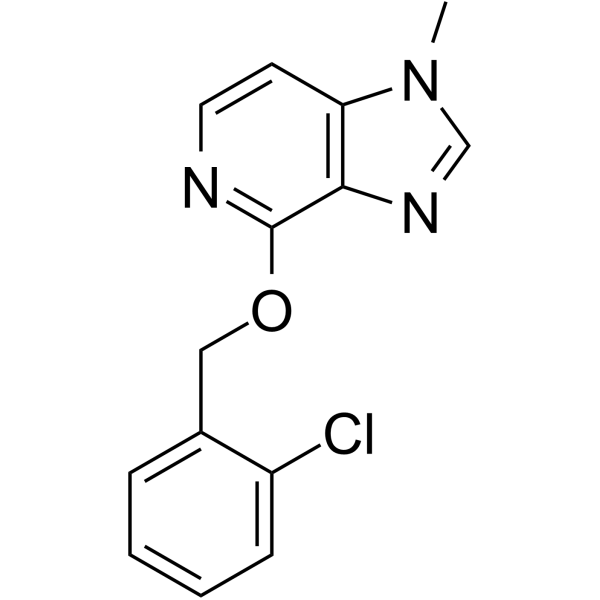

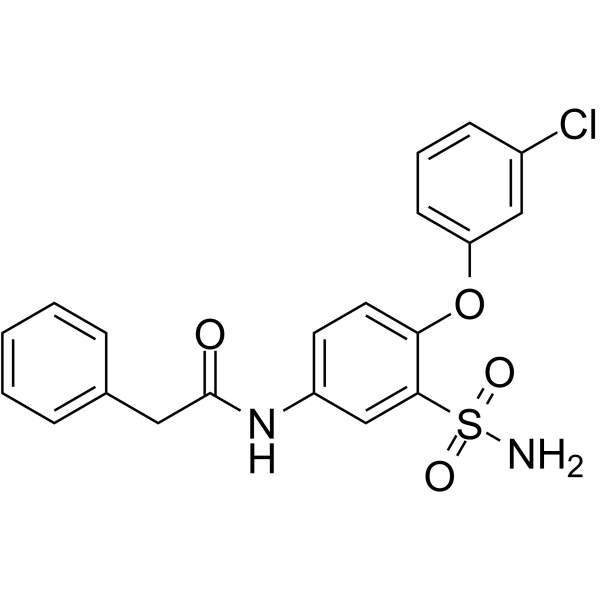
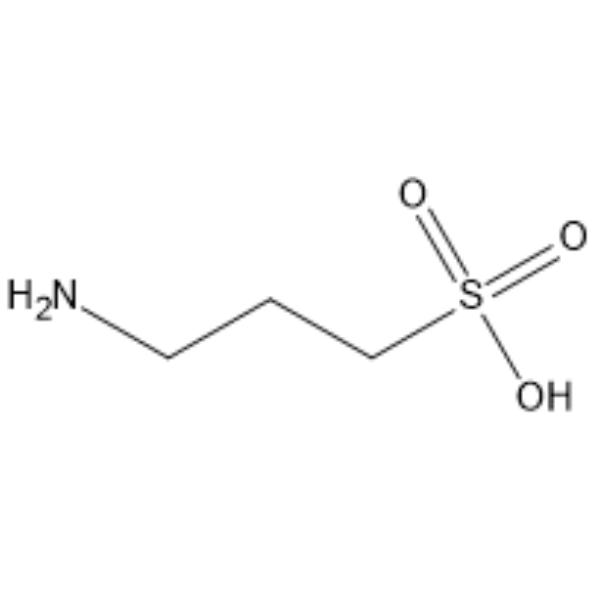
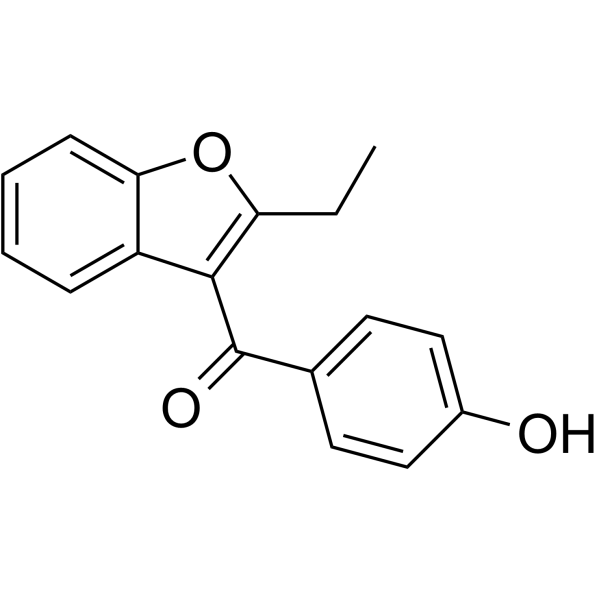

).gif)
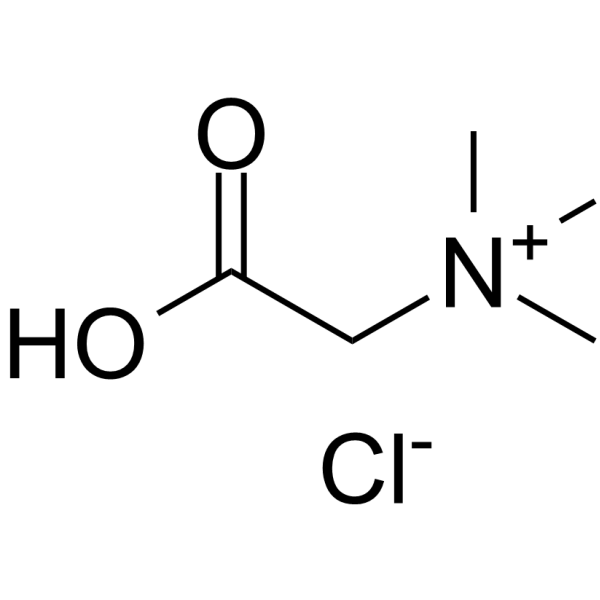
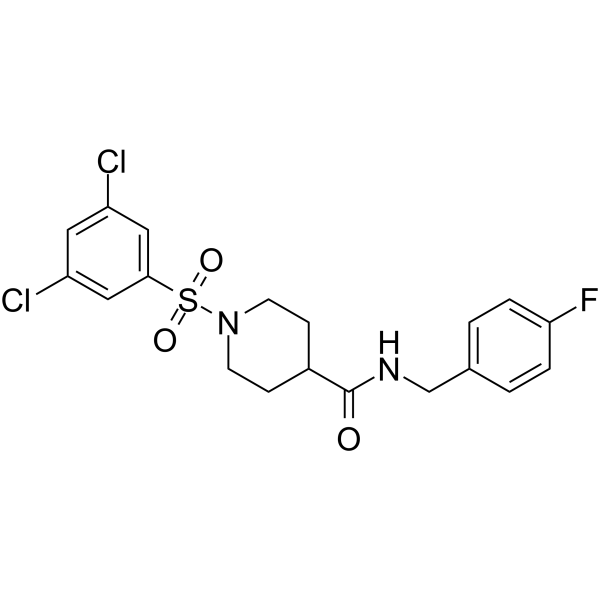
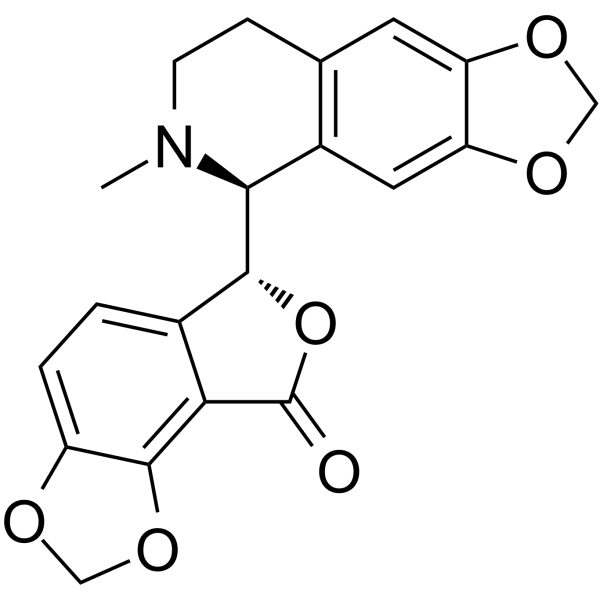
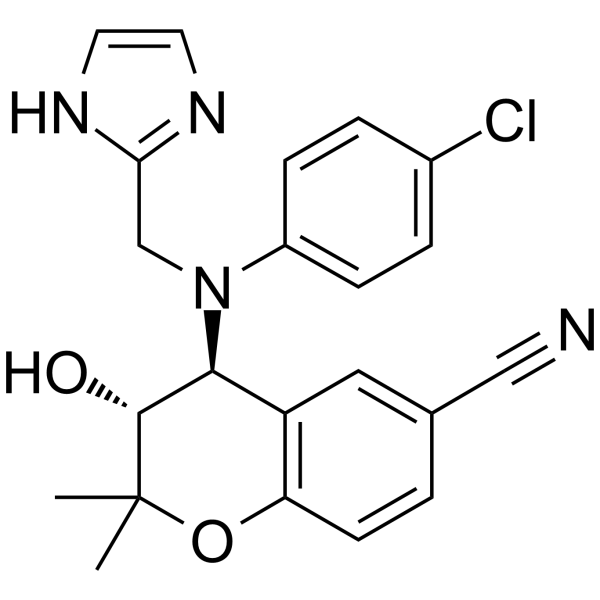

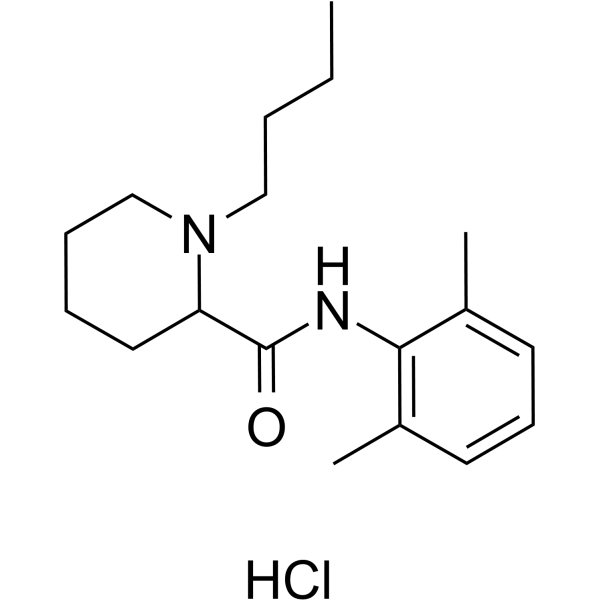
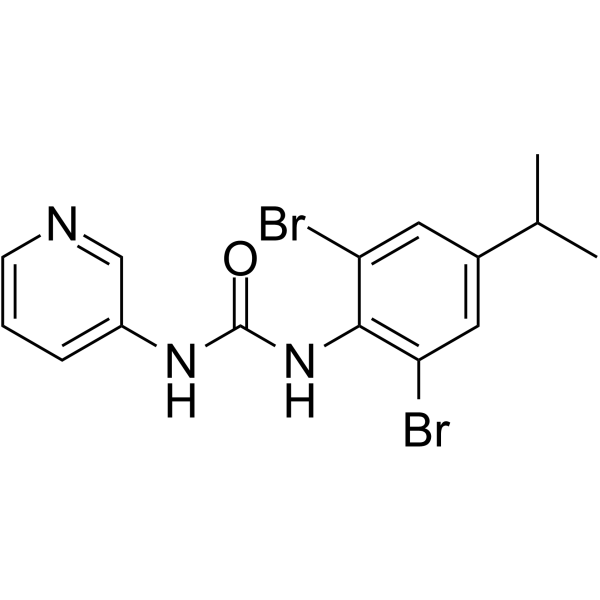



.gif)
.gif)
